How to Hire the Best LinkedIn Clone Development Company
Create a powerful, customizable streaming solution with Miracuves’ Linkedin Clone, equipped with high-performance features and next-gen technology.
So you’ve got the idea. You’ve mapped out your niche. Maybe you’ve even outlined your monetization plan.
Now comes the most crucial decision of all: Who’s going to build your LinkedIn clone app?
This isn’t just another freelance project. You need a development partner who understands the tech, the business model, and the growth potential of a professional networking platform.
In this guide, we’ll show you exactly how to find and hire the best LinkedIn clone development company — one that can deliver a secure, scalable, and user-focused product that brings your vision to life.
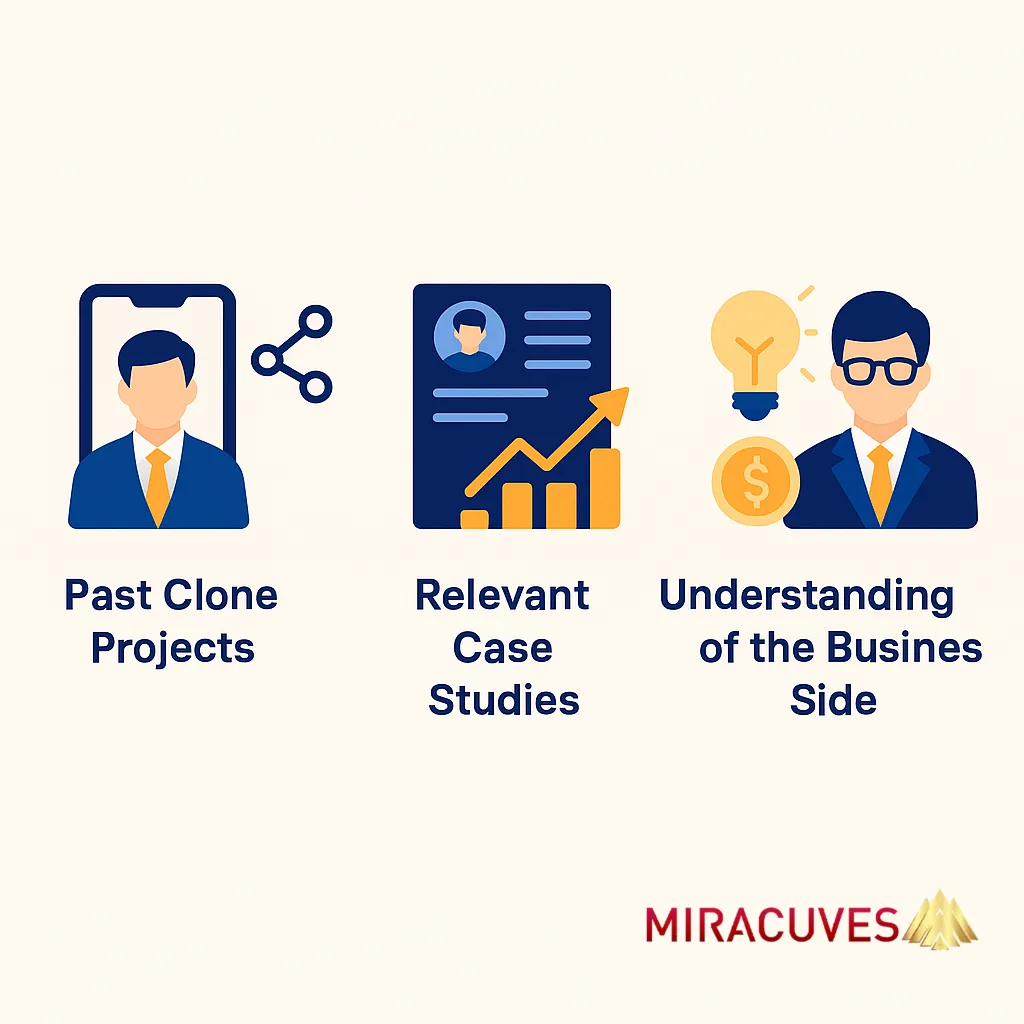
Look for Industry-Specific Experience
You don’t want a generalist — you want a team that’s already built platforms like LinkedIn (or better yet, real LinkedIn clones).
Here’s what to check for:
Past clone projects → Ask if they’ve developed networking apps, job portals, or B2B communities before.
Relevant case studies → Look for proof of delivered platforms with scalable architecture, user dashboards, and social features.
Understanding of the business side → The right company won’t just talk tech — they’ll understand user flows, retention strategies, and monetization.
Choosing a team with domain knowledge means fewer revisions, faster timelines, and a higher-quality product.
Evaluate Their Tech Stack and Scalability
Building a LinkedIn clone isn’t just about launching an MVP — it’s about laying a foundation that can scale as your user base grows.
Here’s what to look for:
Modern tech stack → Ensure they use robust frameworks like React, Node.js, Laravel, or scalable cloud services like AWS or Firebase.
Modular architecture → Ask if the app will be built in a way that lets you add features later without starting over.
Security best practices → Since your app will handle user data and messaging, encryption, role-based access, and data privacy compliance are non-negotiable.
Performance optimization → They should proactively plan for speed, uptime, and traffic spikes.
A strong technical foundation ensures your app stays fast, secure, and reliable — even when it scales to thousands of users.
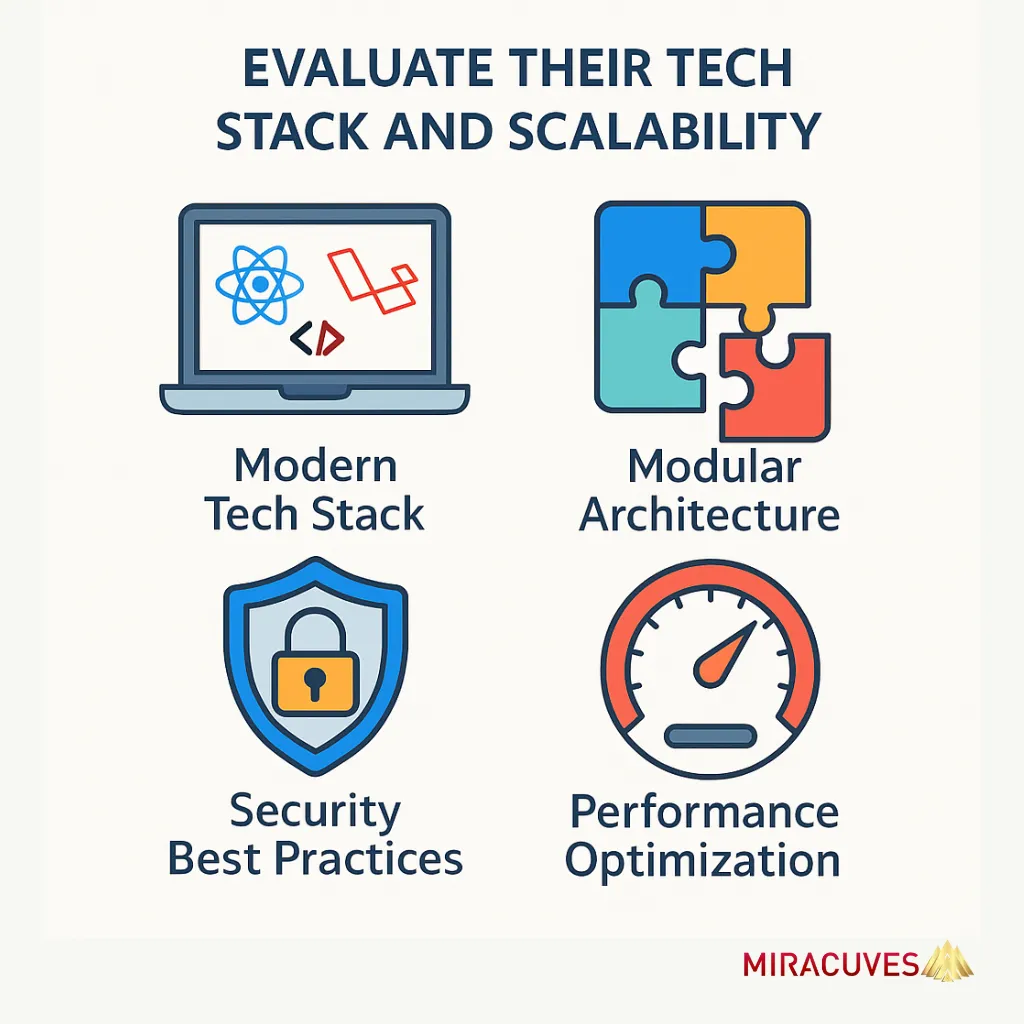
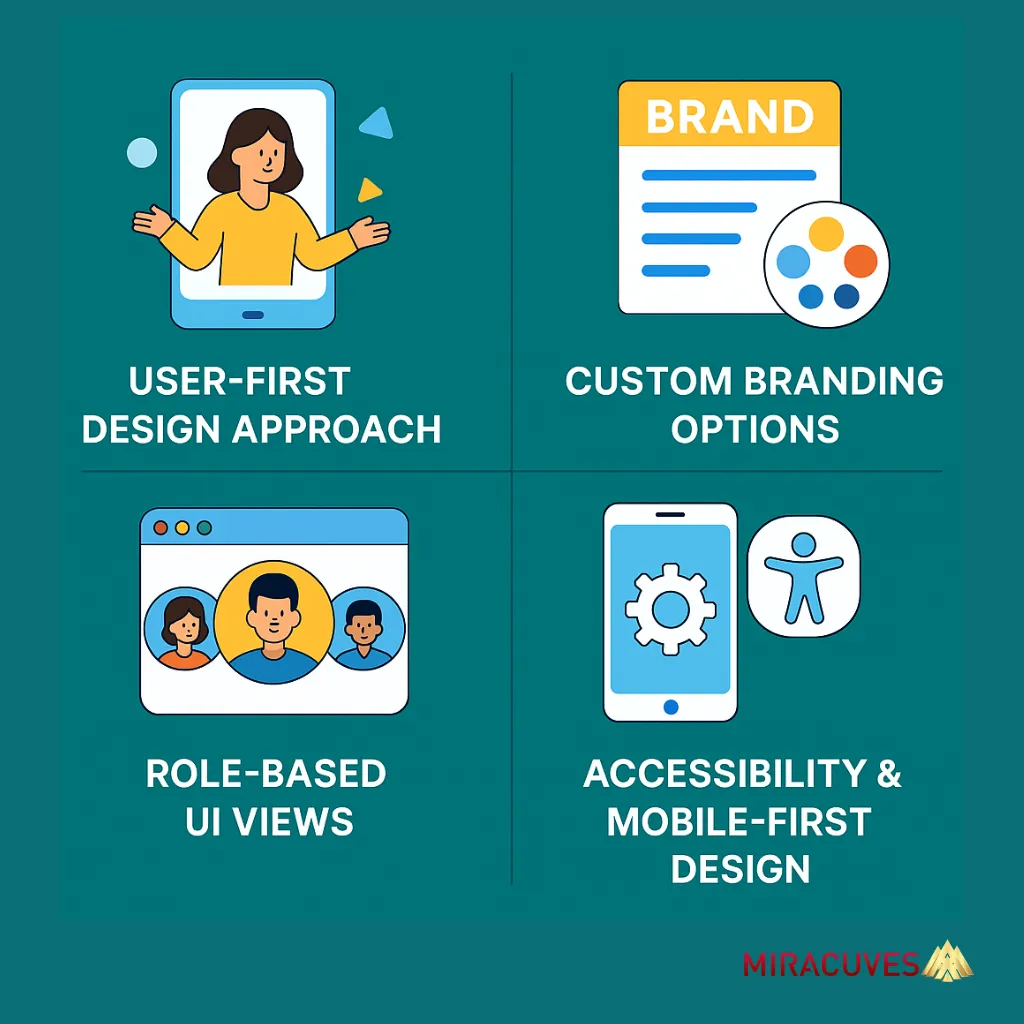
Review UI/UX Capabilities and Customization Flexibility
Your platform’s design can make or break user engagement — especially in a space dominated by polished giants like LinkedIn.
Here’s what matters:
User-first design approach → Ask how they ensure smooth navigation, intuitive flows, and responsive layouts across devices.
Custom branding options → Your clone shouldn’t look like a clone. Choose a team that allows full UI customization to match your brand identity.
Role-based UI views → Admins, users, and recruiters should each have tailored dashboards and controls.
Accessibility & mobile-first design → Ensure the app will be usable for all audiences, including those on lower bandwidth or smaller screens.
Clean design isn’t a luxury — it’s part of what keeps users coming back.
Check Communication, Workflow, and Post-Launch Support
Hiring a dev company is a relationship — and smooth communication is key to avoiding delays, misalignment, or rework.
What to look for:
Clear project management process → Do they use tools like Jira, Trello, or Slack? Are timelines, sprints, and feedback cycles well-defined?
Transparent communication → You should have direct access to a project manager or lead developer — not just sales reps.
Iterative updates → Look for teams that offer regular demos, builds, or progress snapshots.
Post-launch support → A great company won’t disappear after launch. They’ll offer bug fixes, version updates, and scaling support.
This isn’t just about building fast — it’s about building smart and staying supported after you go live.
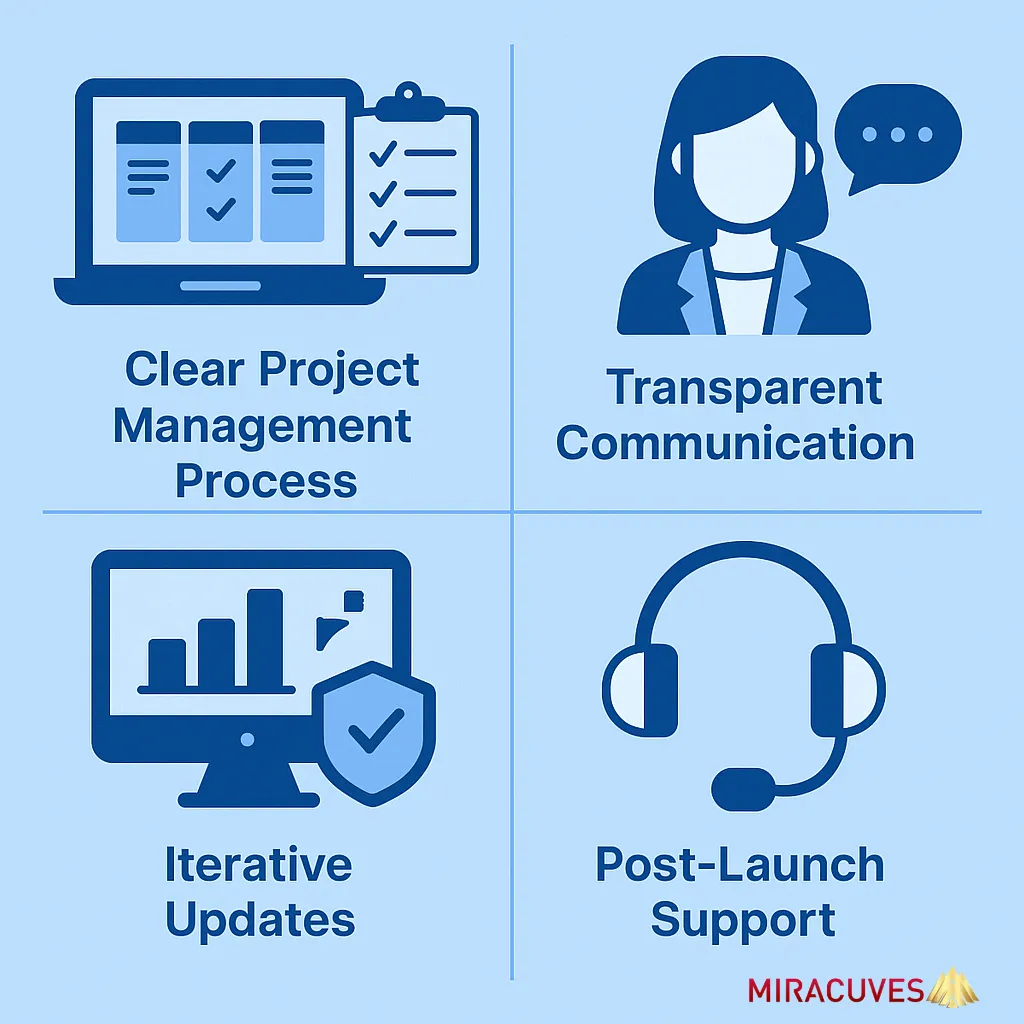
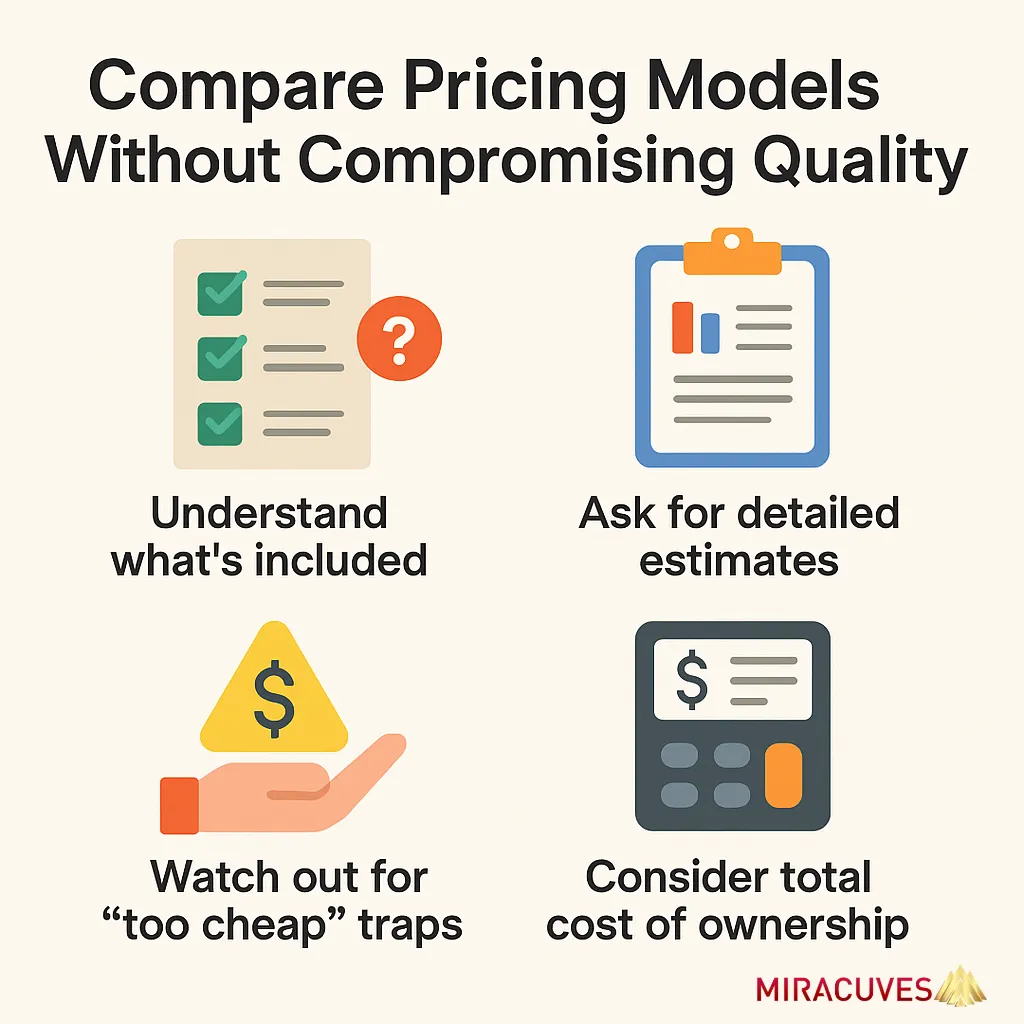
Compare Pricing Models Without Compromising Quality
Cost matters — but what matters more is what you’re actually getting for your money.
Smart ways to evaluate pricing:
Understand what’s included → Some teams include design, testing, and deployment; others don’t. Clarify upfront.
Ask for detailed estimates → Avoid vague ballparks. Get a breakdown of hours, features, and timelines.
Watch out for “too cheap” traps → If the price sounds too good to be true, it probably is. You’ll pay more in delays, bugs, and rework later.
Consider total cost of ownership → Maintenance, updates, server costs — factor these into your long-term budget.
The best development company won’t just fit your budget — they’ll maximize your investment.
Choose the Right Development Partner
Even with a solid plan, building a professional networking platform is no easy feat — you need a development team that truly understands the ecosystem. Partnering with the right LinkedIn clone development company can save you time, reduce costs, and help you avoid common pitfalls.
Look for a partner that offers:
Demonstrated expertise in social and professional networking app development
A portfolio showcasing scalable and secure platforms
End-to-end services — from idea validation to post-launch optimization
At Miracuves, we don’t just build clones — we craft growth-ready solutions tailored to your business goals. Let us handle the tech, while you focus on building your user base and brand presence.
Conclusion
Hiring the best LinkedIn clone development company isn’t just about technical skills — it’s about finding a strategic partner who understands your vision, your users, and your business goals.
Look for industry experience, scalability, design expertise, strong workflows, and transparent pricing. And most importantly, choose a team that’s as invested in your app’s success as you are.
👉 Ready to take the next step? Reach out to Miracuves — a trusted name in scalable, custom-built clone app development.
Frequently Asked Questions
Prioritize a team with experience in building networking platforms, scalable tech stacks, strong UI/UX skills, and end-to-end support.
Hiring Miracuves for LinkedIn clone development costs $2,899, and the complete platform is delivered within 3–9 days, including setup, customization, and deployment.
Yes — a good development company will offer full customization to fit your brand, target audience, and unique business goals.
Typical development timelines suggest 8–16 weeks for a basic MVP and 4–6 months or more for a full-scale professional networking platform. However, with a ready-made LinkedIn-style solution, the entire system — including web, app, admin panel, and deployment — can be launched in just 3–9 days, drastically reducing time-to-market and investment risk.
The best teams do. Make sure your provider offers support for bug fixes, updates, and performance monitoring after launch.



